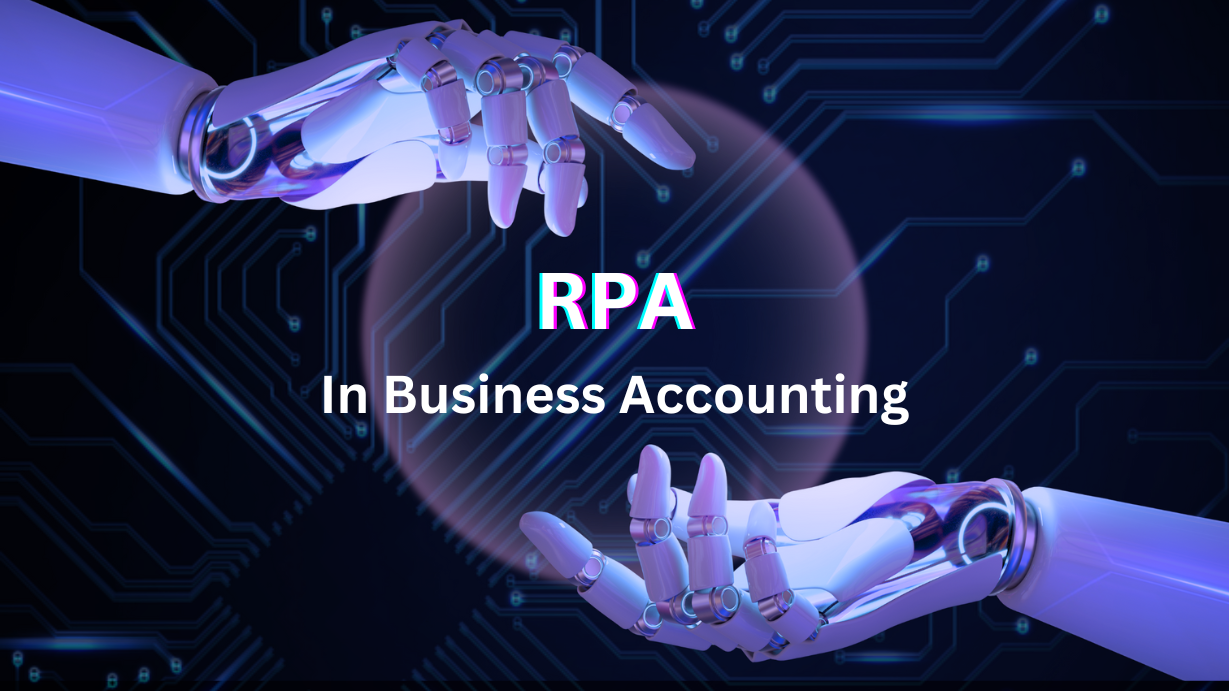
Streamlining Accounting with Robotic Process Automation (RPA)
In the bustling realm of modern business, small enterprises grapple with numerous efficiency challenges. Here’s where Robotic Process Automation (RPA) steals the spotlight. This technology, by automating financial tasks, frees up time and capital for business development, establishing itself as a linchpin of innovation.
The Power of RPA
RPA does things that people used to do by connecting to software systems. This lets people focus on higher-level, more strategic tasks. It is a smart worker that models human jobs and works well with many different software systems. This has a number of benefits:
- Boosted Efficiency & Precision
- Cost & Time Effectiveness
- Scalability & Data Analysis
RPA in Practice
RPA’s versatility means it can automate a wide range of tasks. Here are some examples:
- Data Entry and Extraction: RPA can input invoices, receipts, and purchase orders into accounting systems while auto-populating fields with relevant data.
- Reconciliation: RPA brings efficiency to reconciling financial systems or bank statements, detecting discrepancies, and generating reports
- Accounts Payable (AP) Processing: RPA can automate invoicing, distribution, and follow-ups while streamlining AP by automating invoice validation, and payments.
- Accounts Receivable (AR) Processing: Invoicing, distribution, and follow-ups can be automated with RPA. It sends payment reminders, updates accounting status, and escalates overdue accounts.
- General Ledger (GL) Maintenance: RPA ensures data accuracy and creates reliable financial reports from multiple sources.
- Audit Support: RPA aids in data validation and generation of audit trails
- Expense Management: RPA can categorize receipts and automate expense reporting. It checks expense claims against policies and asks repayment or payment.
- Vendor and Customer Management: RPA can automate onboarding, contact information updates, and data synchronization with CRM systems.
Implementing RPA
- Process Selection: Start with high-volume, simple jobs before moving on to more complicated ones.
- Planning and Teamwork: For a smooth transition, make a thorough plan with the help of everyone involved.
- Data Safety: Set up access controls and methods for encryption to protect sensitive data.
- Employee Engagement: Show them how RPA can free up their time so they can work on more important jobs.
But the path to RPA integration is not without problems, such as reluctance to change and technical problems. So, when picking an RPA vendor, knowledge, price, and customer service should be the most important things.
The ROI of RPA
RPA can generate an average first-year ROI of 40 to 60%, with savings realized from reduced operational costs, faster transactions, and reassigning staff to higher-value tasks. As your business grows, RPA’s scalability allows you to swiftly adapt, enhancing savings and returns.
Looking Forward
RPA will last. RPA will become smarter and more efficient with AI and machine learning. Refining back-office procedures with RPA helps small firms compete. Use this promising technology to reinvest in development and innovation. Contact us for expert guidance. Your choices today shape your future.
